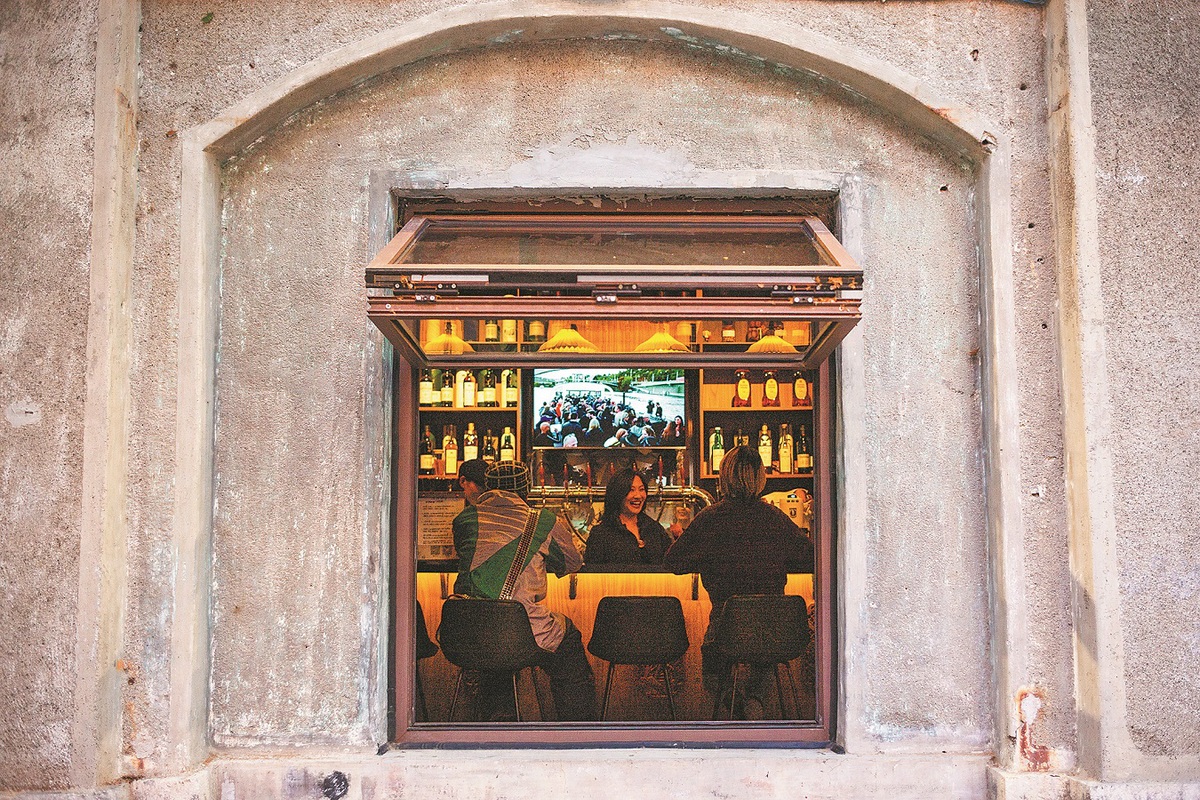Intimate, busy bistros bite into nation's restaurant industry
Innovative takes on regional dishes inspire new dining trend


Nod to tradition
Founded by 38-year-old Han Yuting, who has over a decade in the restaurant industry, including running a Japanese-style bistro, the idea for San Bai Bei emerged in response to the rising Guochao fashion trend in 2019 that mixed the traditional with the modern.
"I was inspired by the growing interest in Chinese traditions, especially in Zhejiang, where making rice wine and yellow wine is part of everyday life," Han said. "It was the perfect moment to open a Chinese-style bistro."
San Bai Bei is a reservation-only venue. Initially, customers had to make reservations by phone, but a mini-program was later introduced, allowing guests to book a week in advance.
Due to the restaurant's overwhelming popularity, a deposit system was implemented to prevent scalpers from reselling reservations. "We even introduced a 'queue-jumping' feature — if there's a gap between two reservations, guests can book that slot," Han explained.
To keep customers informed, Han created several WeChat groups where he posts updates on daily specials and ingredients. "We get our seafood fresh from Ningbo every morning, and after transporting it to Shanghai, we're ready to serve it that evening," Han shared.
San Bai Bei's menu is dynamic, changing daily based on the freshest available ingredients. There's no set menu; instead, dishes are listed on a blackboard, and guests write their orders down on small notebooks at each table.
"A bistro should feel personal, not just about ordering from a screen," Han said. "Sometimes we have dishes that aren't on the board but are available in the kitchen. If a guest sees a particular fish, they can just ask the chef how it's cooked — steamed or braised."
The restaurant's wine list is predominantly focused on traditional rice wine and yellow wine, but guests are welcome to bring their own bottles. There is no corkage fee.
The seating arrangement is intentionally intimate, with only a 10-centimeter gap between tables.
"You can't help but overhear what others are eating and drinking," Han said. "But that's the charm of it — guests often end up joining together, and a table for three can turn into a lively group of ten, all sharing drinks."
"It's a place for joy," Han said. "People are still seeking social connections, and we provide a space for that to happen naturally."
























